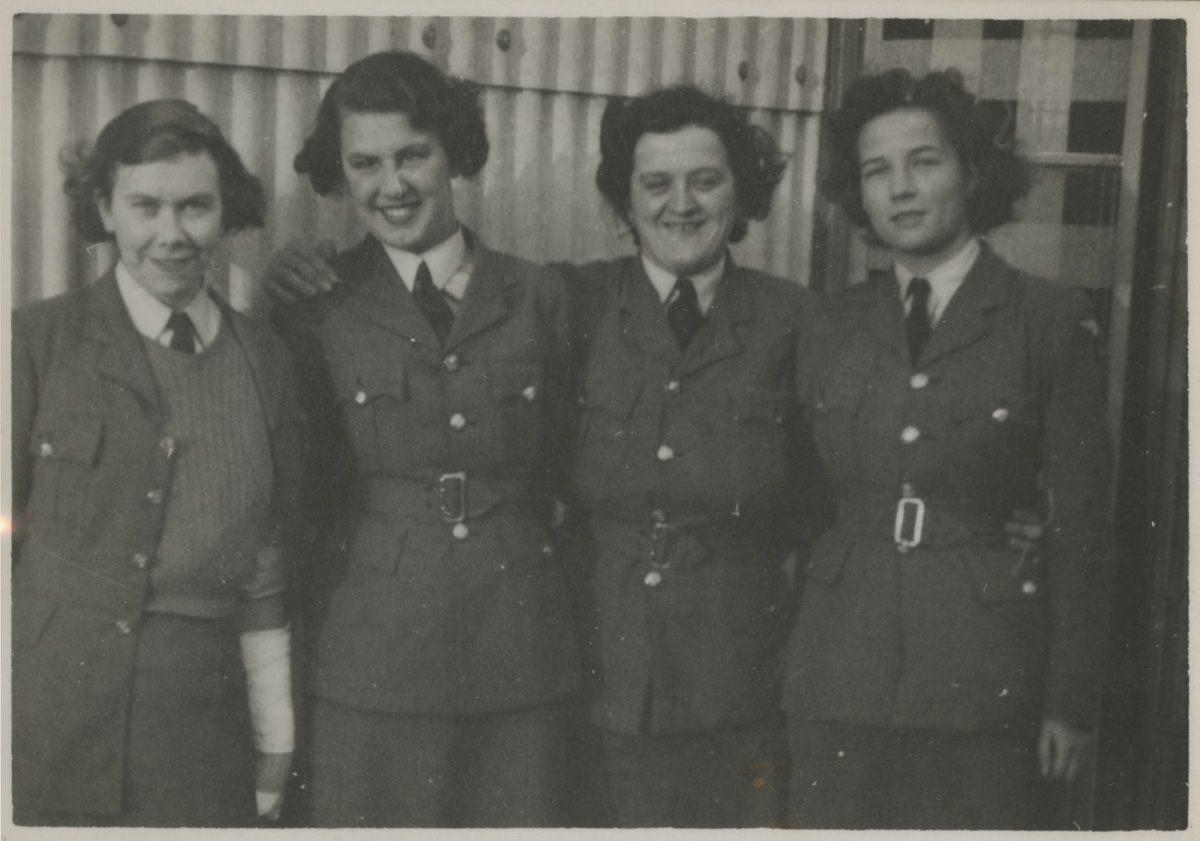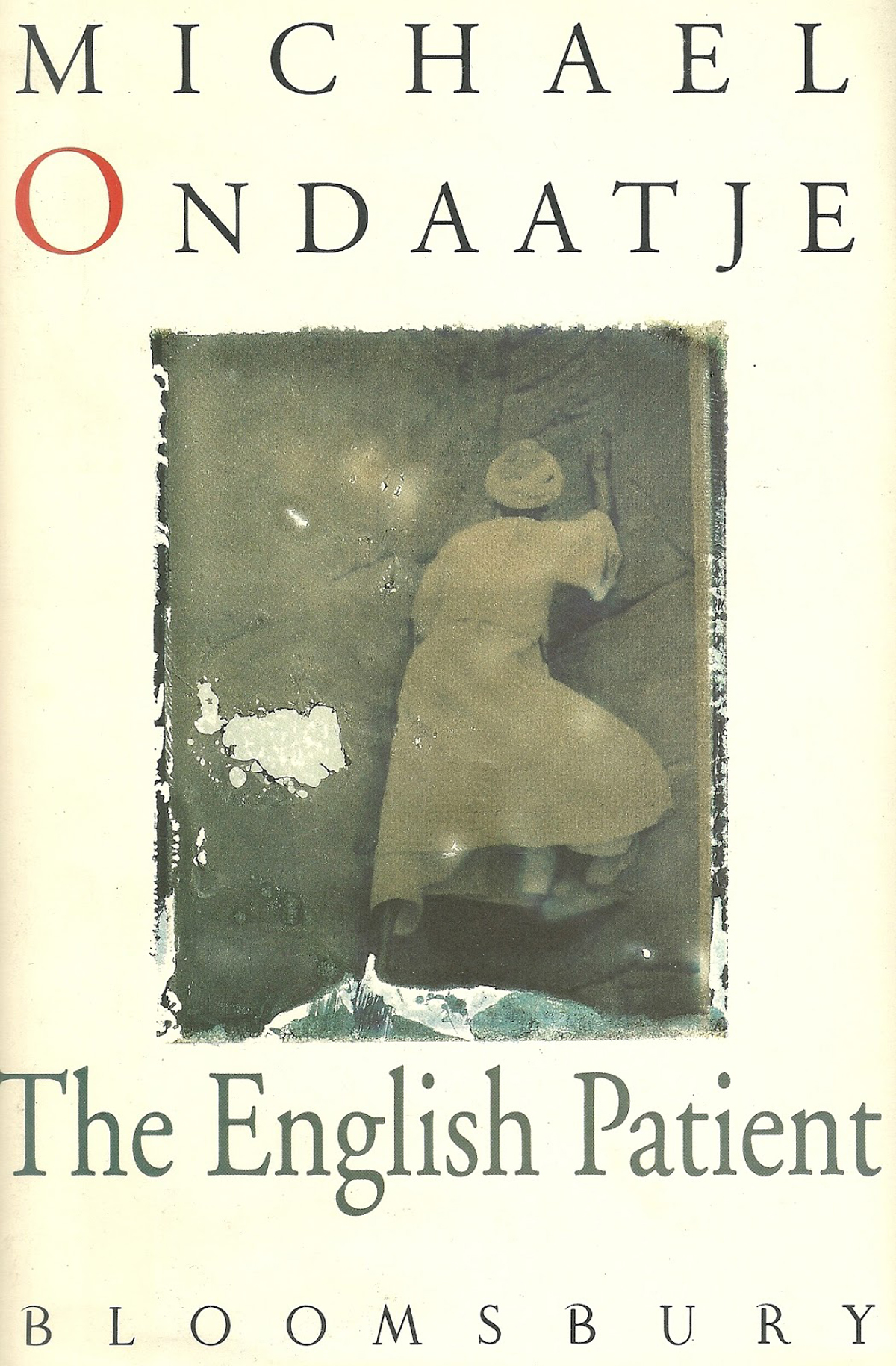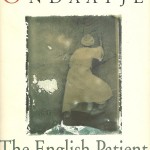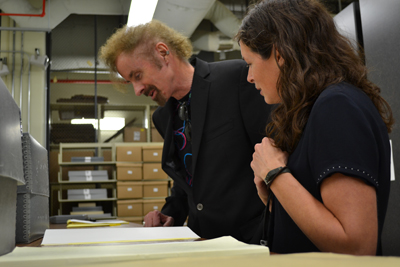Stephanie Jones is a Ph.D. candidate in the English and Creative Writing Department at Aberystwyth University. At the Ransom Center, she analyzed the Christine Brooke-Rose papers for her dissertation, which is a single-author study on the writer, looking at the neglect of her work as a British author by the industry. Jones’s research was supported by a 2014–2015 Dissertation Fellowship from the Harry Ransom Center, jointly funded by the Creekmore and Adele Fath Charitable Foundation and The University of Texas at Austin Office of Graduate Studies.
The subject of neglected British experimental authors has emerged as a poignant topic of critical discussion over the last few years. Writers of the 1960s and 1970s who had been influenced by the Second World War, as well as the highly reflexive, avant-garde literature produced bysuch modernist heavyweights as James Joyce, Ezra Pound and Samuel Beckett, are beginning to be reassessed as having something useful to offer to the current critical climate. [Read more…] about Fellows Find: The Christine Brooke-Rose archive




